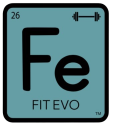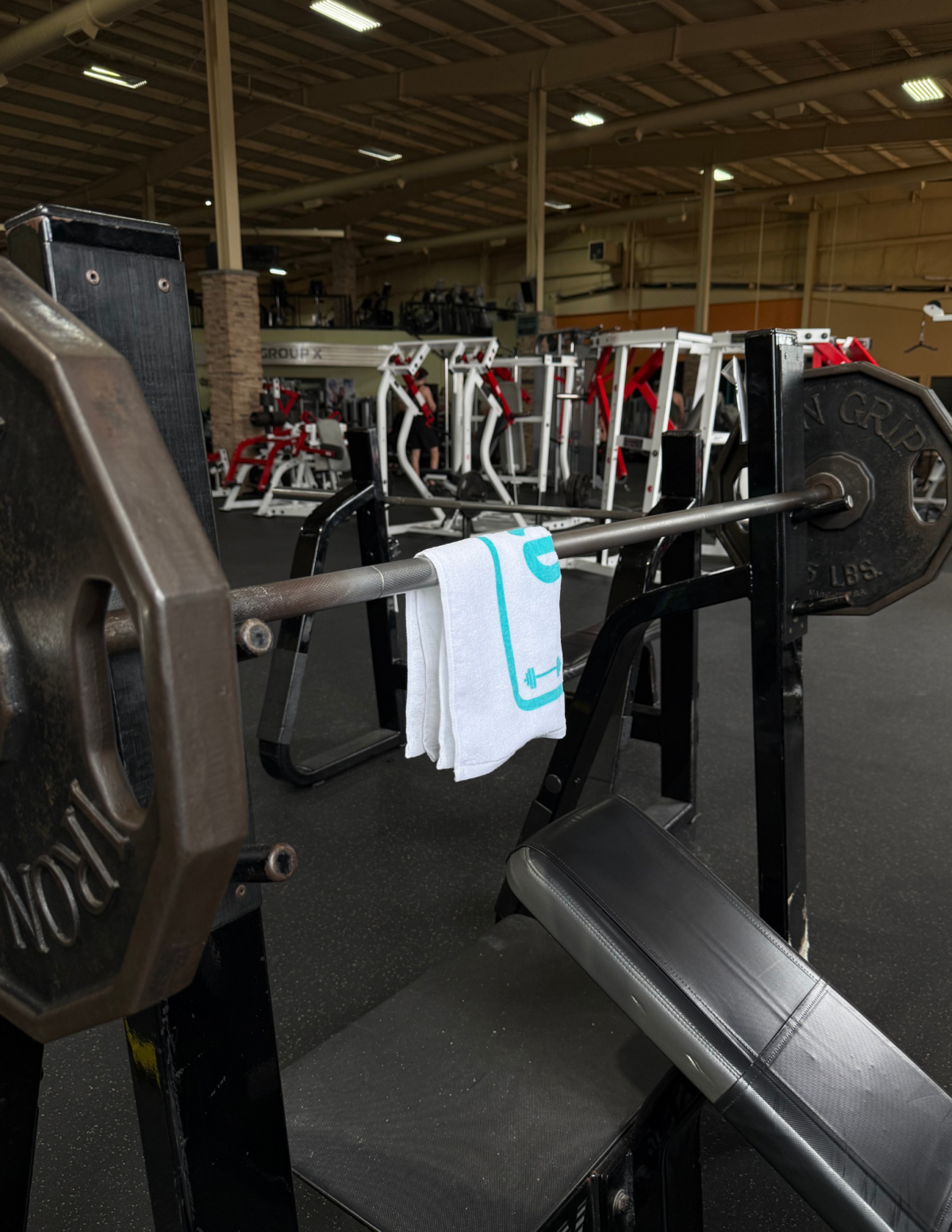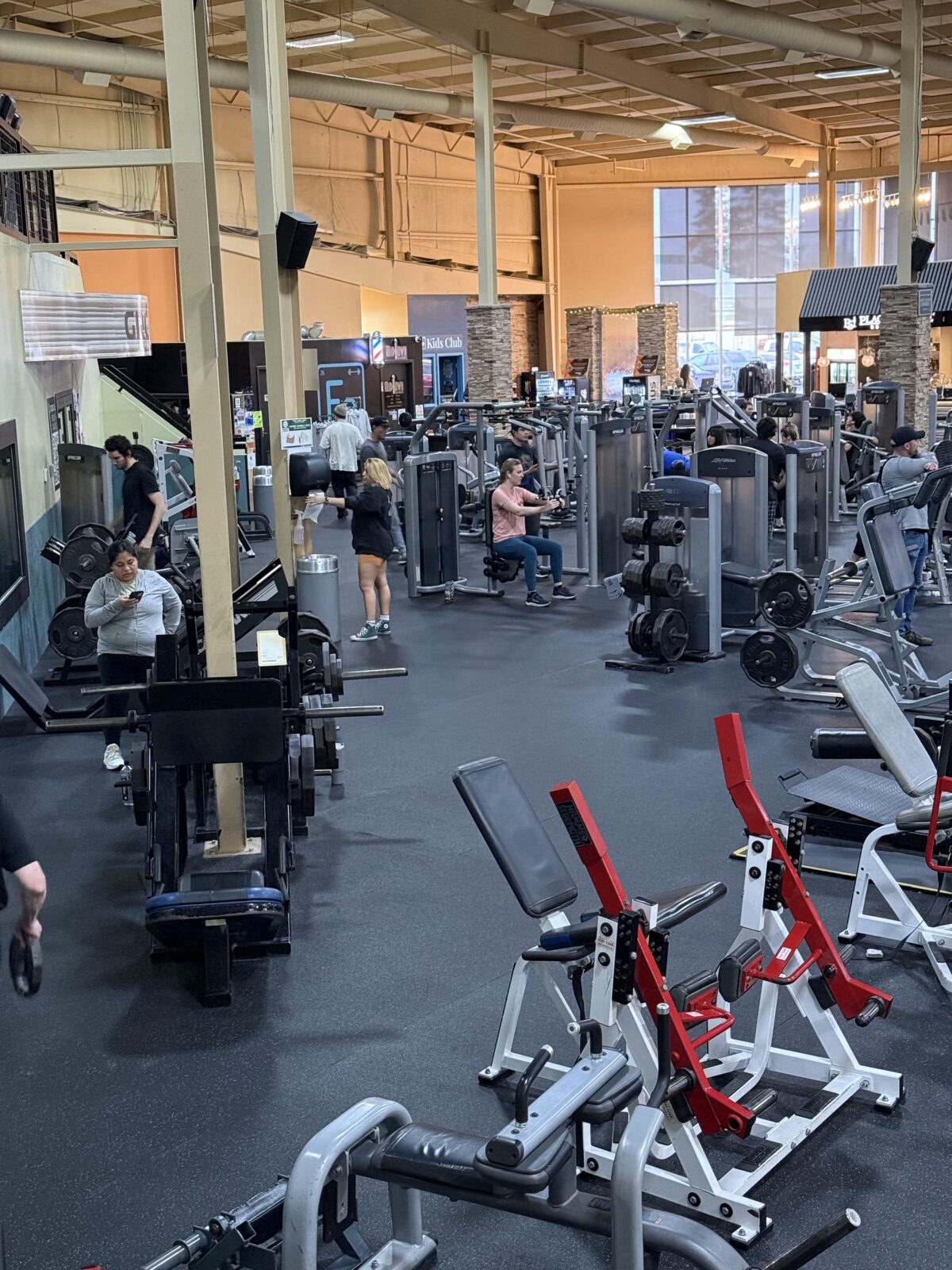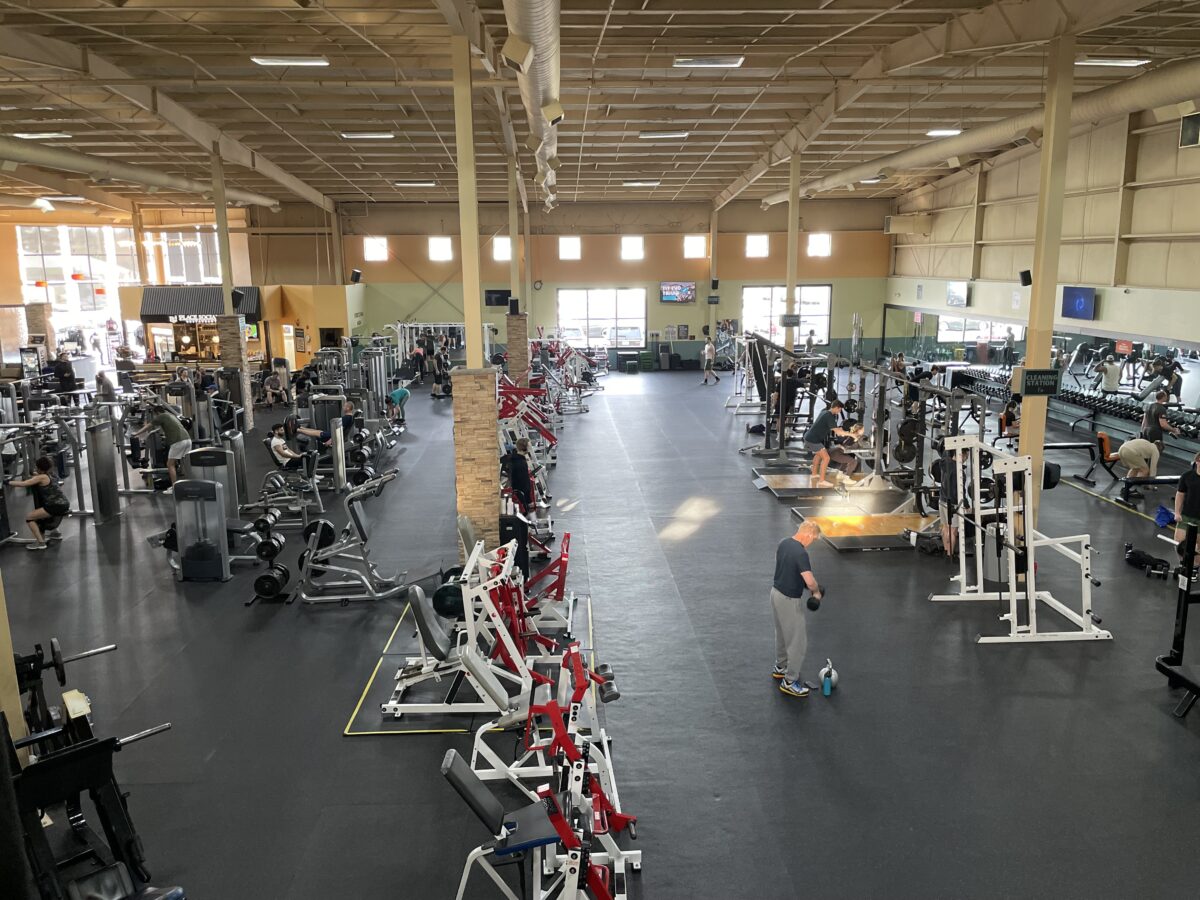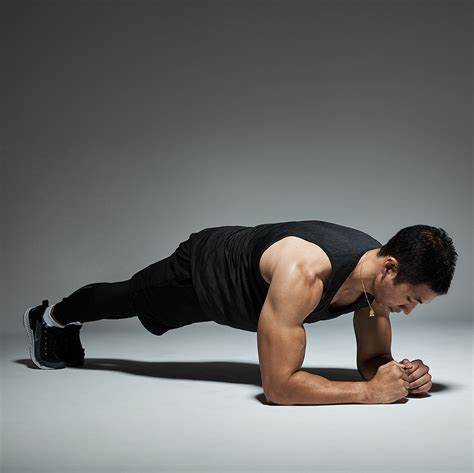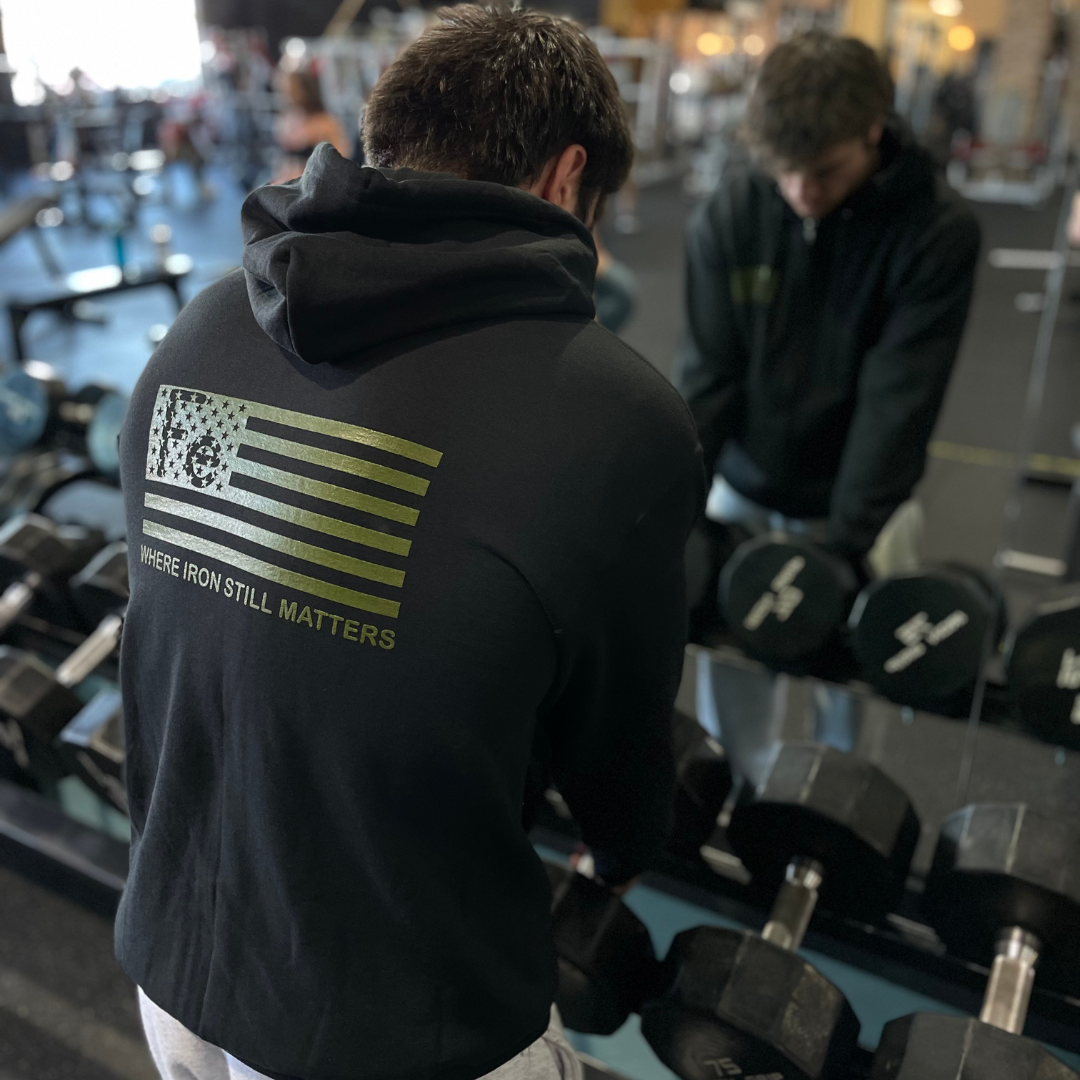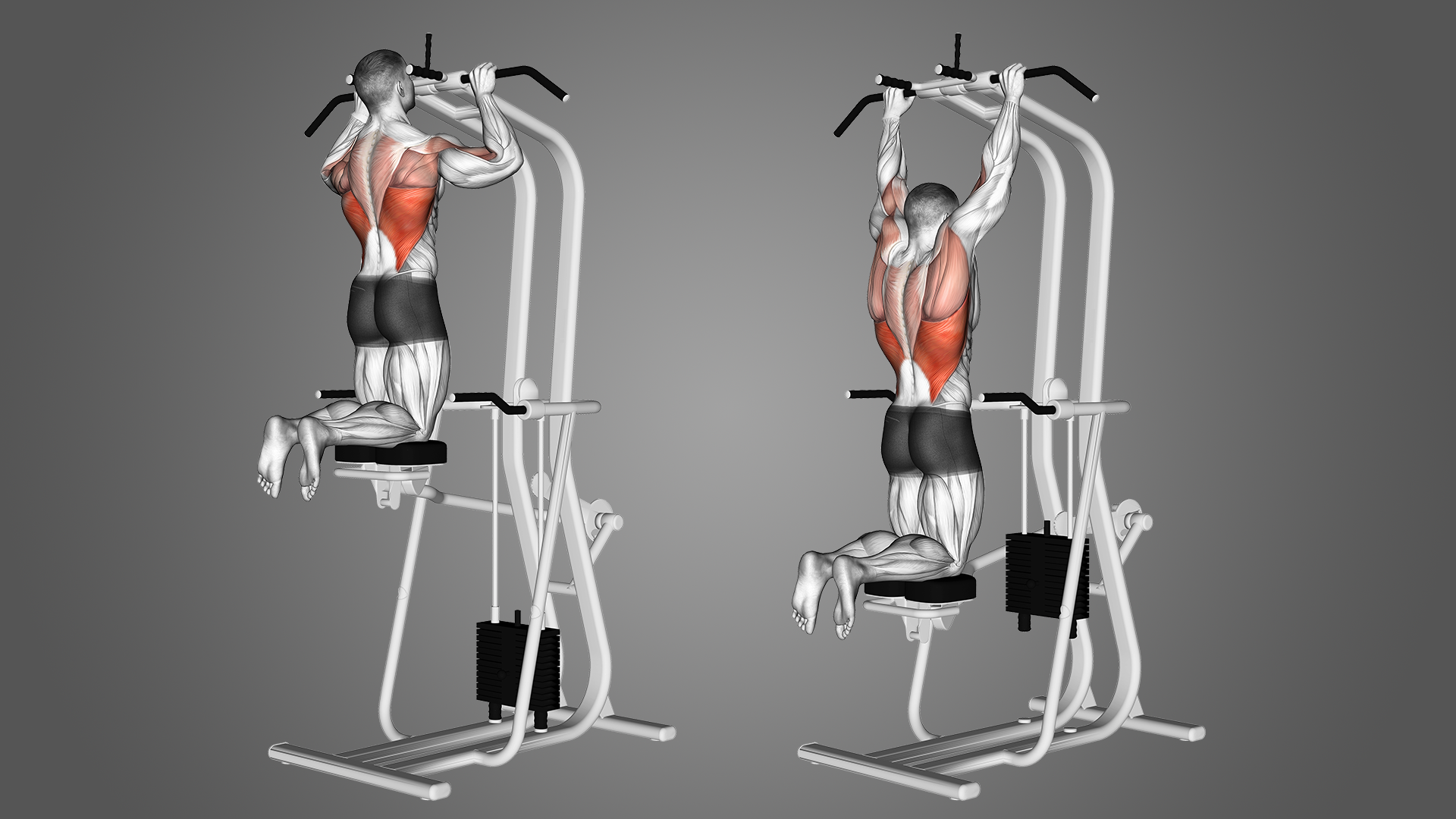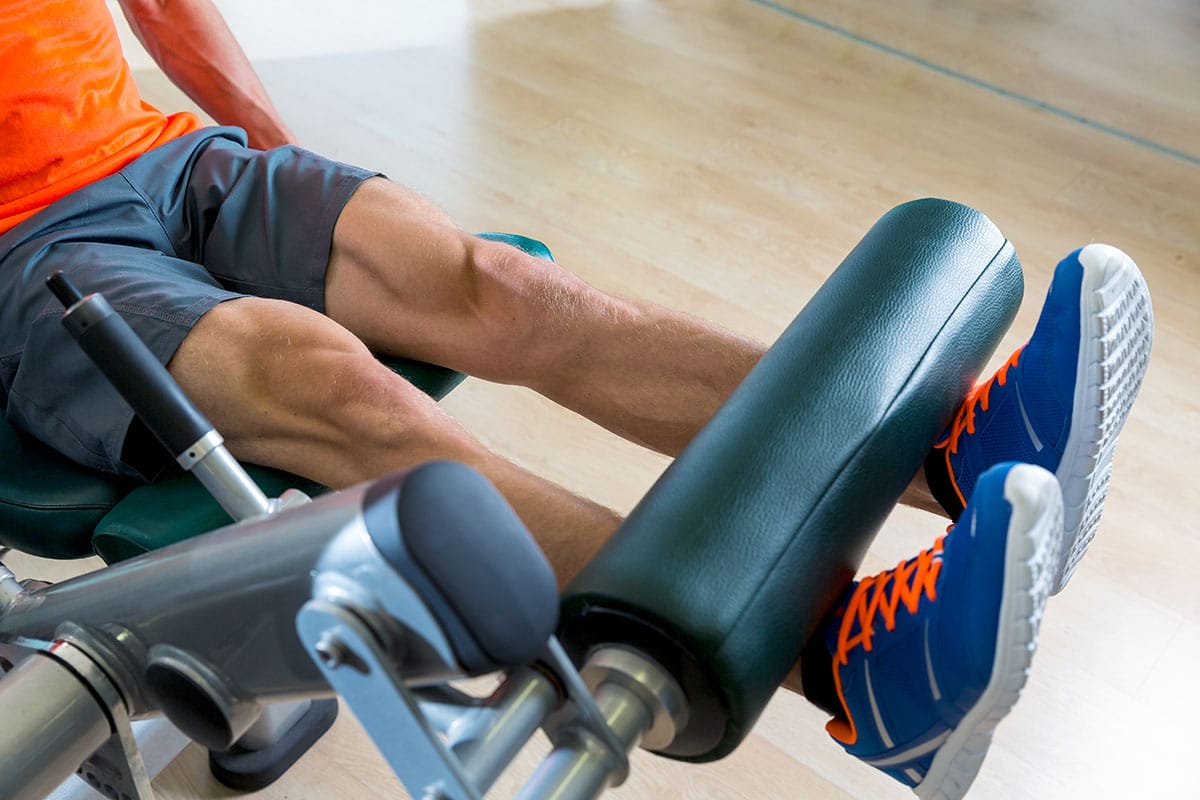What is a Macronutrient?
- Post author By Mike Wil
- Post date July 9, 2025
- No Comments on What is a Macronutrient?

Let’s talk about something super important in your food: macronutrients! We all eat them every single day, but not everyone knows what they are or why they matter. So if you’ve ever asked yourself, “What is a macronutrient?” or even “What is a macronutrients?” (yes, grammar check: the correct term is macronutrient when you’re talking about one, and macronutrients for more than one), don’t worry—we’ve got your back.
And hey—just a heads up: we’re not doctors. Everything here is just friendly, helpful info to get you thinking more about your health. Always check with a professional before changing your diet.
The Simple Definition
A macronutrient is a type of nutrient your body needs in big amounts to survive and thrive. These are the main building blocks of your diet. There are three main macronutrients:
- Carbohydrates
- Proteins
- Fats
Each one does something special in your body, and you need all three to feel good, stay strong, and have energy. And while these are the main three, water is often considered a “fourth macronutrient” because you need it in large amounts too. We’ll talk more about that later.
Why Macronutrients Matter
Macronutrients give your body what it needs to work properly:
- They fuel your daily activities
- They help build and repair tissues (like muscles)
- They support brain function, hormone production, and more
- They even play a role in keeping your immune system strong
Without the right balance of macronutrients, your body can feel tired, sluggish, or even start to break down muscles for energy—and we don’t want that!
When you fuel your body with the right mix of macronutrients, you can:
- Feel more energetic
- Stay focused during the day
- Recover better after workouts
- Maintain a healthy weight
Think of it like this: if your body is a car, macronutrients are the gas, oil, and tires. You need them all working together to keep things running smooth.
The 3 Macronutrients, Explained
1. Carbohydrates (aka Carbs)
Carbs are the body’s main source of energy. When you eat carbs, your body breaks them down into glucose (sugar), which fuels your brain, muscles, and organs. Without enough carbs, you might feel weak, dizzy, or just plain blah.
You’ll find carbs in:
Bread
Rice
Pasta
Fruits
Vegetables
Dairy
There are two types of carbs:
Simple carbs (like candy, white bread, sugary drinks): These give quick energy but don’t last long.
Complex carbs (like brown rice, oats, veggies): These give long-lasting energy and are packed with fiber.
Fiber is a type of carb your body doesn’t digest, but it helps your gut stay happy and keeps you feeling full longer. Win-win!
2. Proteins
Proteins are the building blocks of your body. They help build and fix muscles, skin, organs, and even your hair and nails. Protein also helps make enzymes and hormones that do all kinds of important jobs inside you.
You can get protein from:
Chicken
Fish
Eggs
Beans
Tofu
Nuts
Yogurt
Protein powders (if needed)
Your body doesn’t store protein the way it stores carbs and fat. That means you need to eat it regularly to keep everything running right. If you exercise a lot, especially with strength training, protein becomes even more important to repair those muscles.
3. Fats
Fats are not the enemy! Good fats are essential for hormone health, brain function, and absorbing certain vitamins (like A, D, E, and K). They also give your body long-lasting energy and help you feel full.
Healthy fats are found in:
Avocados
Nuts & seeds
Olive oil
Fatty fish (like salmon)
Nut butters
There are different types of fat:
Unsaturated fats: These are the good ones! Found in plant oils, nuts, seeds, and fish.
Saturated fats: Okay in small amounts. Found in butter, cheese, and red meat.
Trans fats: Avoid these when possible. They’re in some processed foods and can be bad for your heart.
What About Water?
Water isn’t usually grouped with the big three macronutrients, but it deserves a shoutout! You need lots of water every day to stay healthy.
Water helps with:
- Digestion
- Body temperature
- Getting rid of waste
- Keeping your joints working
- Carrying nutrients around your body
So even if water doesn’t give you calories like the other macros, it’s still a must-have.
How Much Do You Need?
Everyone is different. Some people might need more protein, some more carbs or fats—it depends on your body, goals, and activity level. A balanced diet usually includes a bit of each macronutrient.
Here’s a general idea of how most diets break it down:
- Carbs: 45-65% of your daily calories
- Proteins: 10-35%
- Fats: 20-35%
If you’re active, training for something, or trying to gain or lose weight, your needs might shift. This is where macro tracking can be super helpful. But again—we’re not doctors. Talk to a dietitian or health expert if you want numbers that fit your needs.
Macronutrients vs. Micronutrients
We’ve talked a lot about macronutrients. But there’s another group called micronutrients. These include vitamins and minerals that your body needs in smaller amounts. Things like:
- Vitamin C (helps your immune system)
- Calcium (good for bones)
- Iron (helps your blood carry oxygen)
Micronutrients don’t give you energy, but they help your body use the energy from your macros and keep all your systems running smoothly. So while we need less of them, they’re still super important.
Can You Eat Too Much of One Macro?
Yes! Balance is key. If you eat too much of one and not enough of the others, your body can start to struggle.
- Too many carbs without fiber? You might get blood sugar crashes.
- Too much protein? It could stress your kidneys if you’re not careful.
- Too much fat? That can slow digestion and add extra calories quickly.
Your body needs all three to stay balanced. It’s not about cutting one out—it’s about getting the right mix for your goals.
Tips for Balancing Your Macros
Here are a few easy tips to help you get started:
- Start your day with protein: Eggs, yogurt, or protein smoothies are great.
- Choose whole carbs: Think brown rice, oats, quinoa, and sweet potatoes.
- Add healthy fats: Avocado on toast, nuts in your salad, or a drizzle of olive oil.
- Plan your meals: Meal prepping can help you keep your macros in check.
- Snack smart: A handful of nuts, Greek yogurt, or fruit with nut butter works wonders.
If you want to go further, try using a food tracking app to see what your meals look like. No need to go overboard—just be curious and learn what your body responds to best.
Common Macro Myths
Let’s bust a few myths that float around about macronutrients:
- Myth: Carbs make you gain weight. — Truth: Eating too many calories overall causes weight gain, not carbs alone.
- Myth: Fat is bad. — Truth: Healthy fats are necessary and good for you.
- Myth: More protein = more muscles. — Truth: You need protein and strength training to build muscle.
Don’t fall for diet fads that tell you to ditch an entire macronutrient. Your body needs all three.
What are macronutrients and examples?
Macronutrients are nutrients your body needs in large amounts: carbohydrates, proteins, and fats. Examples include bread (carb), chicken (protein), and avocados (fat).
What are the 4 macronutrients?
The main three macronutrients are carbohydrates, proteins, and fats. Some experts also include water as a fourth because you need it in large amounts too.
What are the 3 main macronutrients?
Carbohydrates, proteins, and fats are the three main macronutrients your body needs to function properly.
What do macros do for your body?
Macros give you energy, help build and repair tissues, support brain function, and keep your body working smoothly.
So, what is a macronutrient? It’s one of the three big nutrients—carbs, proteins, and fats—that your body needs in large amounts every day to function, grow, and stay energized. Each one plays a unique role, and you need a mix of all three to feel your best.
Whether you want to build muscle, lose weight, or just feel healthier, understanding your macronutrients is a powerful step. You don’t need to track every bite or follow a strict plan—just aim to eat real, balanced meals that include a little of everything.
And remember: this is just helpful info from us at Fitness Evo. We’re not doctors or nutritionists, so if you need medical advice or a personal nutrition plan, check in with a pro. But we hope this gives you a strong start in understanding what your body needs and how to fuel it right.
